Auditing accounting estimates and the use of specialists

The Public Company Accounting Oversight Board (PCAOB) recently voted to finalize two related standards aimed at improving audits of accounting estimates and the work of specialists. Though the new, more consistent guidance would apply specifically to public companies, the effects would likely filter down to audits of private entities that use accounting estimates or rely on the work of specialists.
Estimates
Financial statements often report assets at fair value or use other types of accounting estimates, such as allowances for doubtful accounts, credit losses and impairments of long-lived assets. These estimates may involve some level of measurement uncertainty. So, they may be susceptible to misstatement and require more auditor focus.
PCAOB Release No. 2018-005, Auditing Accounting Estimates, Including Fair Value Measurements , aims to improve audits of estimates. The new risk-based standard would promote greater consistency in application. It would emphasize the importance of professional skepticism when auditors evaluate management’s estimates and the need to devote greater attention to potential management bias. Under the updated standard, auditors would consider both corroborating and contradictory evidence that’s obtained during the audit.
Use of specialists
Some accounting estimates may be easily determinable. But many are inherently subjective or complex, requiring the use of specialists. Examples include:
- Actuaries to determine employee benefit obligations,
- Engineers to determine obligations regarding environmental remediation, and
- Appraisers to determine the value of intangible assets or real estate.
The audit guidance on using the work of specialists hasn’t changed much since it was originally published in the 1970s. It deals with auditors’ oversight of third-party specialists, as well as the auditor’s use of the work of a professional hired by management. Existing guidance requires auditors to evaluate the relationship of a specialist to the client, including situations that might impair the specialist’s objectivity. But it doesn’t provide specific requirements.
PCAOB Release No. 2018-006, Amendments to Auditing Standards for Auditor’s Use of the Work of Specialists , would provide more direction for carrying out that evaluation. The updated standard would extend the auditor’s responsibility for evaluating specialists beyond simply obtaining an understanding of their work. It would require auditors to perform additional procedures to evaluate the appropriateness of the company’s data, as well as significant assumptions and methods used. However, auditors wouldn’t be required to reperform the work of the company’s specialist.
Stay tuned
The PCAOB issued these related standards simultaneously at the end of 2018, and wants both to become effective for audits of financial statements for fiscal years ending on or after December 15, 2020. However, the updated guidance is pending approval by the Securities and Exchange Commission. Contact us to discuss how these updated standards are likely to affect your company’s audit procedures in the coming years.
© 2019











